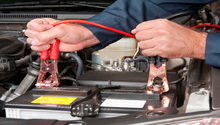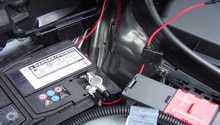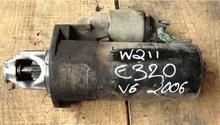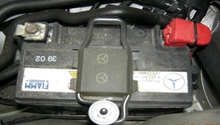Mercedes-Benz E-Class and E-Class AMG: How to Safely Jump Start Your Battery
Car batteries may go dead for different reasons. The battery may be old, or perhaps your Mercedes-Benz E-Class sat for too long. Sometimes, a faulty control module may not shut off power to one system. Regardless of the reason, if it dies, jump it safely with this handy guide for your E-Class.
This article applies to the Mercedes-Benz E-Class and E-Class AMG (2002-2009).
Jumper cables are rated by the thickness of the wire, and thicker wires have lower gauge numbers. The thickest are 2-gauge cables, which are very heavy duty, made for trucks, and cost a truckload. The thinnest cables are 12-gauge, which are very inexpensive and not very safe. The best booster cables to store in your Mercedes-Benz trunk are either 8-gauge or 4-gauge. The 8-gauge cables are Medium Duty for auto use, typically 12 feet long, and cost about $25. The 4-gauge cables are Heavy Duty for auto use, usually 20 feet long, and will set you back about $40. Round out your preparation for this job with a decent pair of gloves in the glove compartment and a flashlight or headlamp. The new LED headlamps are bright, lightweight and hands-free. With long lasting lithium AAA batteries, an LED headlamp is a great addition to your glove compartment.

Materials Needed
- Jumper cables
- Gloves
- Flashlight or headlamp
Weak car batteries vent combustible gases, which can be ignited by stray sparks. But Mercedes has protected you by covering the battery and its terminals. You do not need to open the battery cover. Mercedes has provided you with safe, remote battery terminals for connecting jumper cables.
Step 1 – Locate the remote battery terminals
The battery is under a plastic cover, on the firewall at the passenger side. The remote positive terminal is just in front of the battery and has a sliding red plastic cover. Slide the cover as shown in Figure 1 to access the terminal. The remote negative terminal is a brass post on the wheel well.

Step 2 – Connect the red positive booster cable
Start with the connection to the remote positive terminal on the dead car. Then, connect to the positive battery terminal of the booster car.
Warning
- Don't let the cables drape into the engine compartment or the V-belt area.
- Don't let the clamps touch other metal.
Step 3 – Start the booster car
The Mercedes-Benz manual advises to start the booster car at this point.
Step 4 – Connect the black negative booster cable
Start from the negative battery terminal of the booster car and then connect to the remote negative terminal of the dead car.
Pro Tip
The connection sequence and remote terminals are designed to minimize sparks.
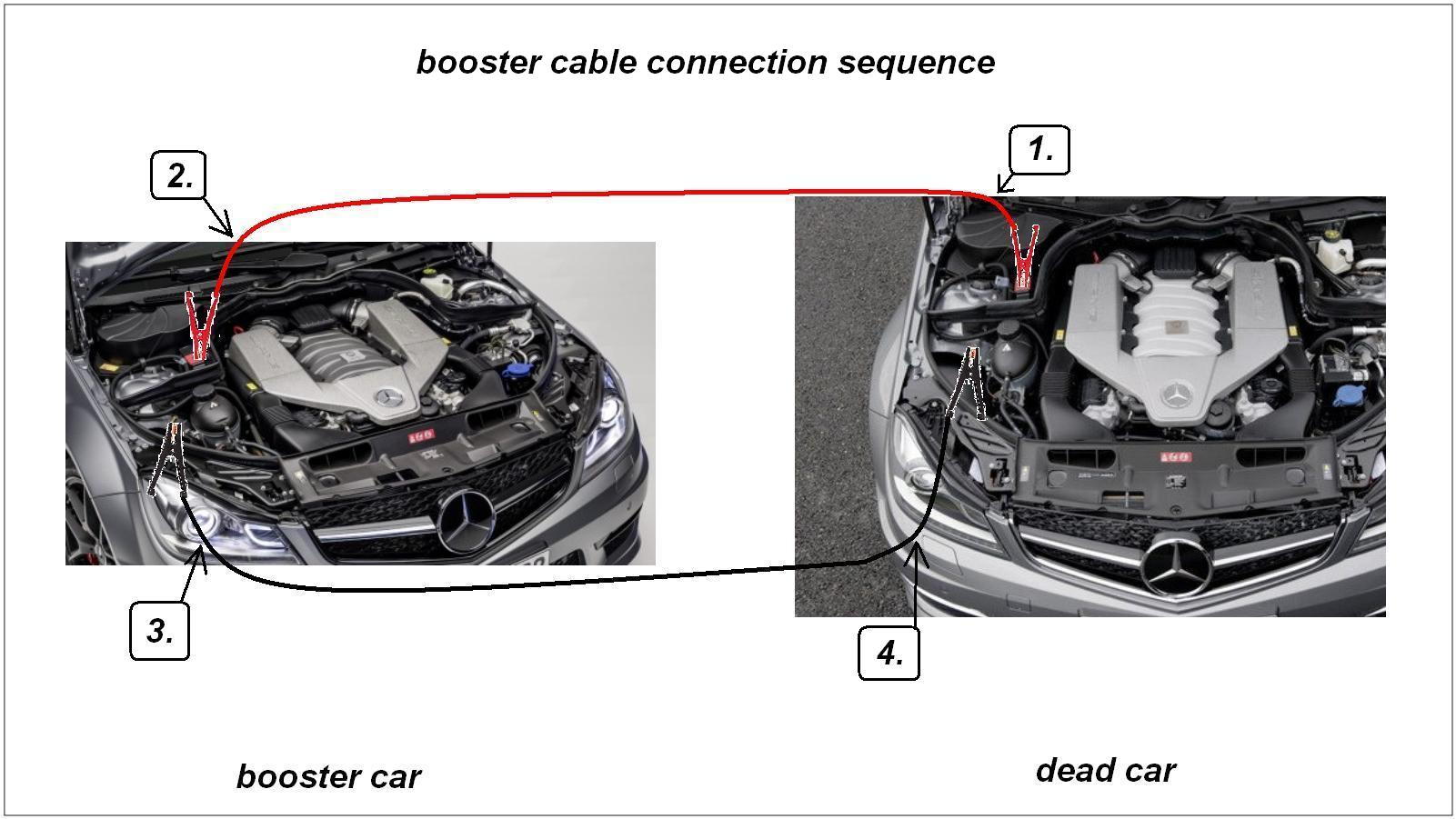
Step 5 – Start the dead car
Let both engines run for several minutes with the booster cables hooked up. This helps the booster battery to charge the weak battery.
Step 6 – Disconnect the black negative booster cable
Remove the clamp from the remote negative post of the dead car, then from the negative battery terminal of the booster car.
Step 7 – Disconnect the red positive booster cable
Remove the clamp from the positive battery terminal of the booster car, then from the remote positive terminal of the dead car. Close the cover of the remote positive terminal.
Warning
Remember, do not let the clamps touch any other metal and don't allow the cables to drape into the engine area or V-belts.

Step 8 – Determine why your battery was weak
If the battery is more than three years old and has had one no-start event, it is probably time to replace it. If the battery is fairly new and has simply been sitting for a week or two, the jump-start and recharging may be all it needs to recover. Further battery weakness may be an indication that a system control module is not shutting off power to a certain system: possibly navigation, audio or lighting.
Related Discussions
- E-Class W210 Jump Starting Question - MBWorld.org
- W204 Help Jumping Other Car - MBWorld.org
- W204 Car Won't Start - MBWorld.org

